Tilapia is one of the most popular freshwater fish in our country, especially monosex tilapia and red tilapia (also known as red tilapia). During the farming process, nutrition plays a decisive role in the quality and growth rate of fish. Therefore, choosing the right food source, ensuring nutritional balance and environmental friendliness, is becoming an important direction of the Vietnamese aquaculture industry.
In the context of the whole industry moving towards sustainable development, converting feed sources to using ingredients with international standards and clear origins such as soybeans and US soybean meal is considered a strategic solution.
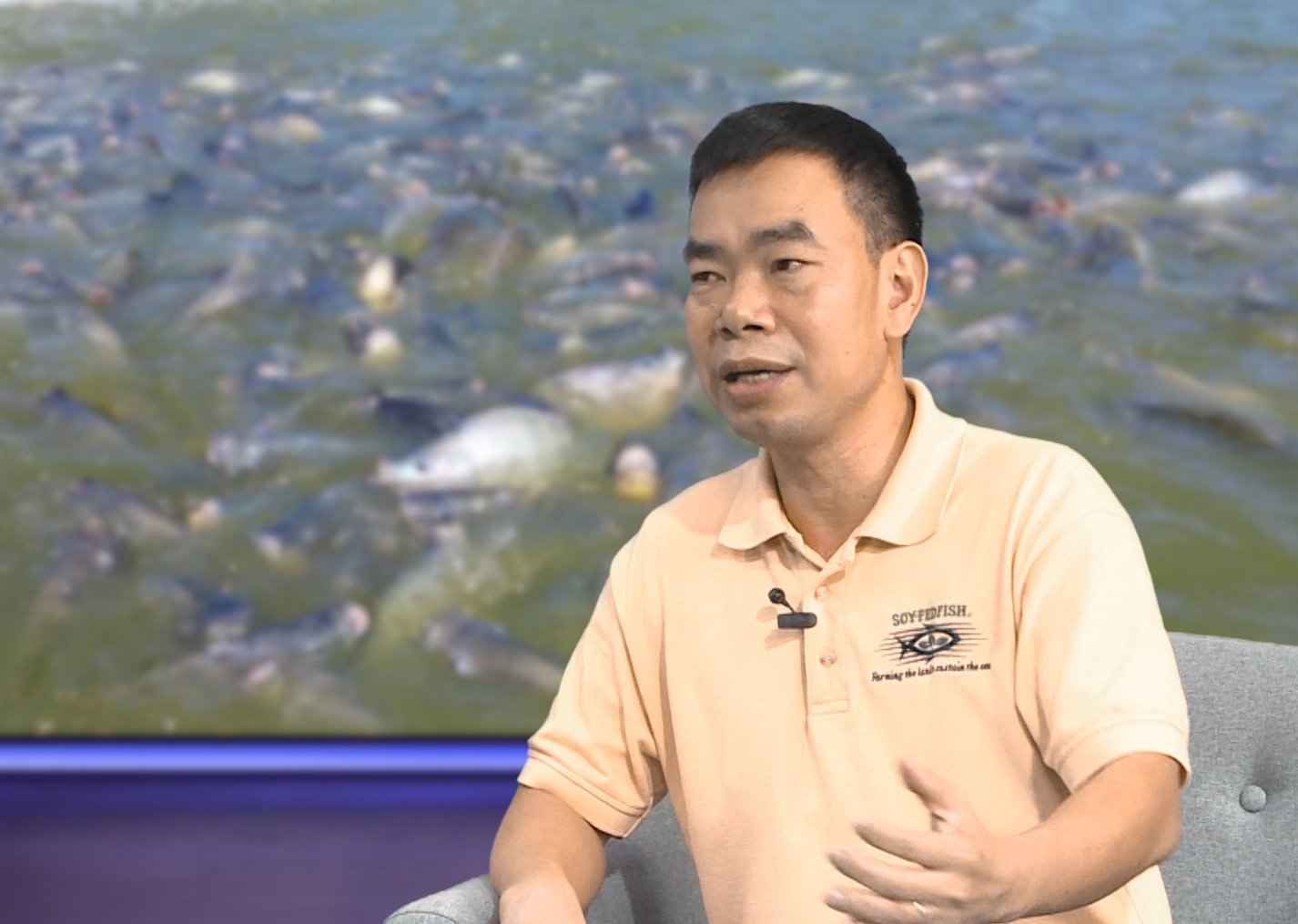
Mr. Bui Ngoc Thanh, Technical Director of Aquaculture - Vietnam, USSEC said that aquaculture feed manufacturing enterprises are increasingly proactive in improving technology and nutritional formulas to meet the rapid growth needs of aquaculture. Photo: Duy Hoc .
In fact, models applying aquaculture feed with “Sustainable Soybean” certification help improve the quality of tilapia, reduce costs, and meet the strict requirements of major export markets such as the United States, the EU and Japan. In Tu Ky district ( Hai Phong ), Viet Nhat Group’s 7-hectare tilapia farm is a bright spot in the green export production chain.
“We are witnessing a clear green transformation trend in agriculture in general and the aquaculture industry in particular. Even in the field of animal feed and aquaculture feed, we can see an increasingly strong shift in this direction, along with the demand for more friendly and sustainable ingredients,” said Mr. Bui Ngoc Thanh, Director of Aquaculture - Vietnam, US Soybean Export Council (USSEC).
“And most clearly, we can see that through international certifications such as: GlobalGAP, BAP, ASC... These standards are constantly being improved, with increasingly high requirements for raw materials. If in the past, certifications mainly focused on food safety and product quality, now many criteria on sustainability and environmental responsibility have been added,” Mr. Thanh added.
Mr. Thanh gave an example, in 2025, we can see a clear shift in the aquaculture feed industry. In particular, the ASC standards stipulate that, in order for products to be ASC certified, farms must use ASC-certified feed. At the same time, in order for feed to be recognized as meeting this standard, all ingredients with a usage rate of over 1% must have clear traceability and meet sustainability criteria. This is a concrete demonstration of the strong transformation trend taking place throughout the entire aquaculture production chain.
Sustainability is not a new issue for U.S. soybeans. Since the 1980s, the U.S. soybean industry has been cultivating and producing soybeans in a sustainable manner, which has been maintained for decades. The goal is to create a source of raw materials for animal feed and aquaculture that is highly sustainable, has low carbon emissions, and has achieved international sustainability certifications. These are the requirements of today's markets.
"For example, using US soybeans in the production of aquatic feed can help reduce about 200 kg of carbon emissions per ton of feed, contributing significantly to the goal of reducing emissions throughout the chain," Mr. Thanh emphasized.
In addition, US soybeans have a higher digestibility than many other soybean sources. This characteristic helps fish and shrimp absorb nutrients better, thereby reducing waste into the environment and contributing to improving the quality of the aquaculture environment.

The growth rate of aquaculture in the world over the past few decades has been impressive. Photo: Duy Hoc .
According to Mr. Thanh, currently, many people still believe that aquaculture feed must contain fishmeal or must be produced from fishmeal sources. However, the reality has changed a lot. The aquaculture feed industry is shifting strongly in a new direction, with businesses increasingly proactive in improving technology and nutritional formulas to meet the rapid growth needs of aquaculture.
The growth rate of global aquaculture over the past few decades has been impressive. In the last 10 years alone, from 2014 to present, total global aquaculture production has increased from around 74 million tonnes to almost 100 million tonnes, reflecting the strong and continuous growth of the industry.
And the total global aquaculture feed production has now reached nearly 60 million tons. The source of fishmeal exploited from nature is clearly not enough to meet the production and growth needs of the aquaculture industry.
“Therefore, soybeans and soybean meal have become one of the important ingredients, capable of effectively replacing fishmeal in aquaculture feed formulas, both ensuring nutrition and contributing to sustainable development for the entire production chain,” Mr. Thanh emphasized.
Source: https://nongnghiepmoitruong.vn/su-dung-dau-nanh-hoa-ky-giup-giam-khoang-200-kg-co-tan-thuc-an-d783636.html


![[Photo] General Secretary To Lam receives Vice President of Luxshare-ICT Group (China)](https://vphoto.vietnam.vn/thumb/1200x675/vietnam/resource/IMAGE/2025/11/15/1763211137119_a1-bnd-7809-8939-jpg.webp)
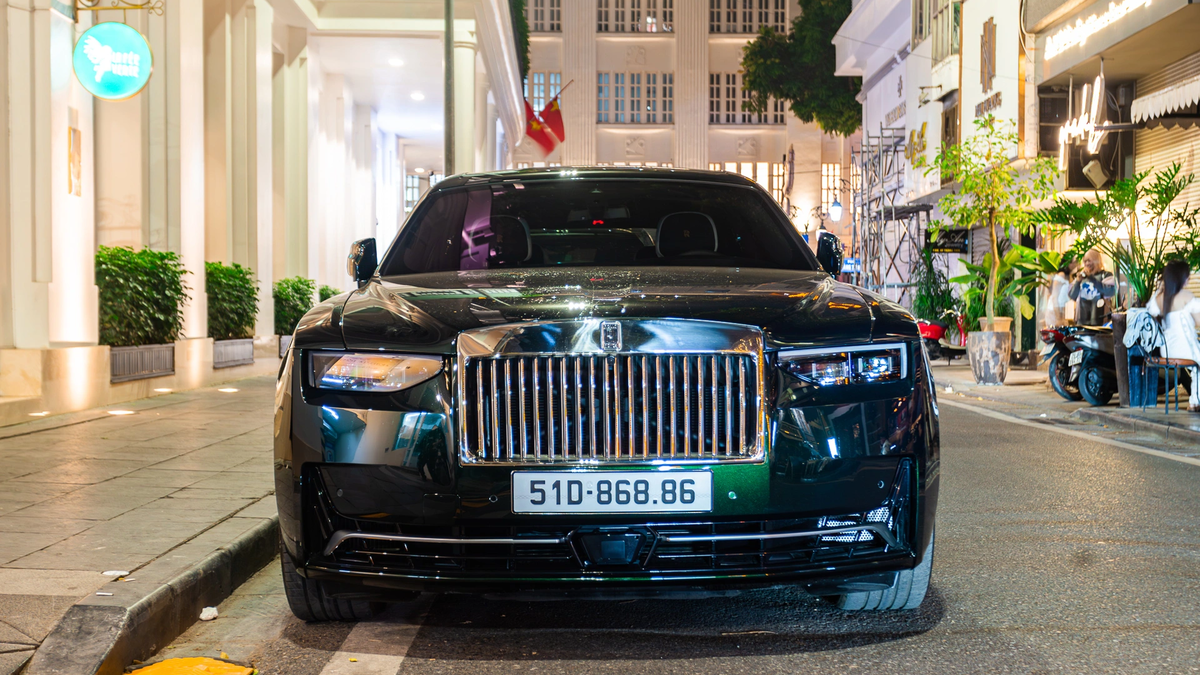

![[Photo] Prime Minister Pham Minh Chinh meets with representatives of outstanding teachers](https://vphoto.vietnam.vn/thumb/1200x675/vietnam/resource/IMAGE/2025/11/15/1763215934276_dsc-0578-jpg.webp)


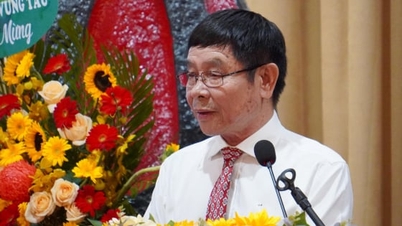





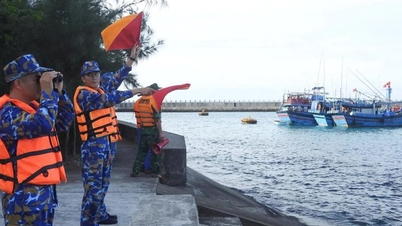



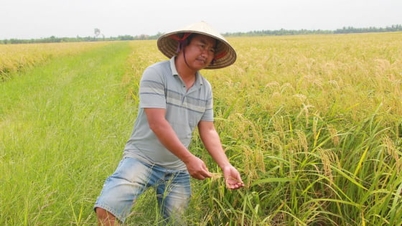
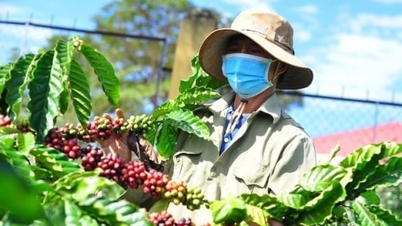
![35 years of building a high-quality herd: [Part 1] Crossbreeding journey](https://vphoto.vietnam.vn/thumb/402x226/vietnam/resource/IMAGE/2025/11/16/1763280452986_0239-3-160957_743.jpeg)

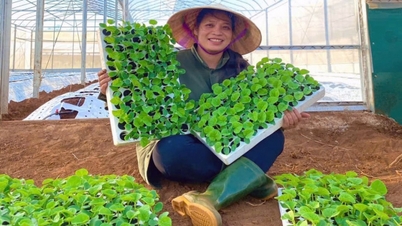





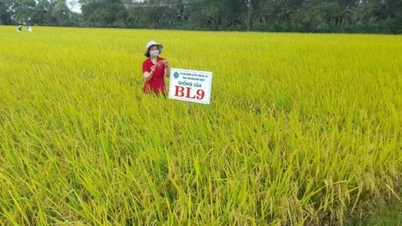
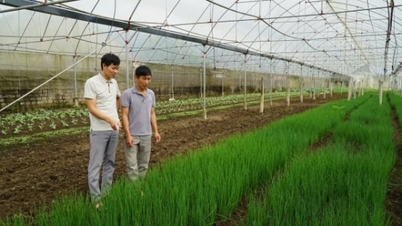


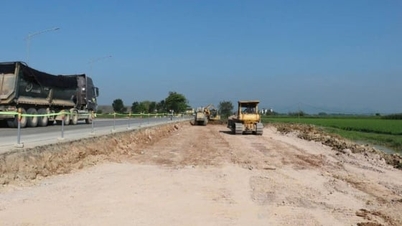
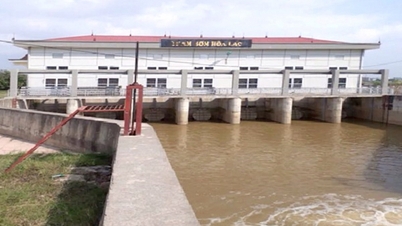








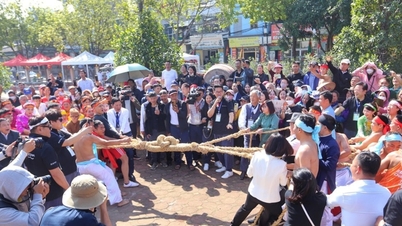









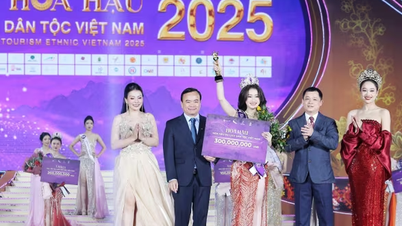
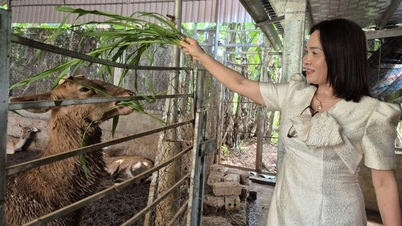


















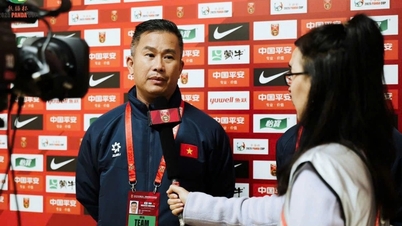





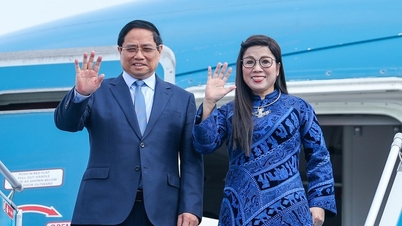

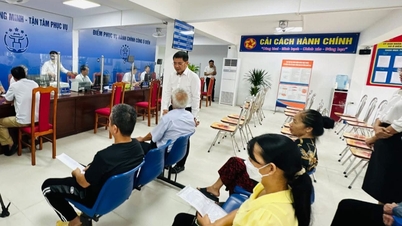






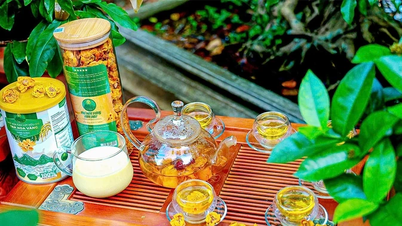
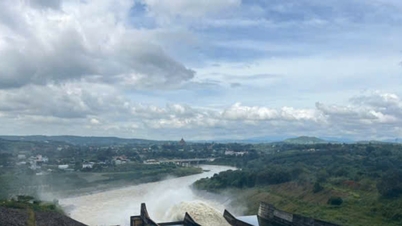





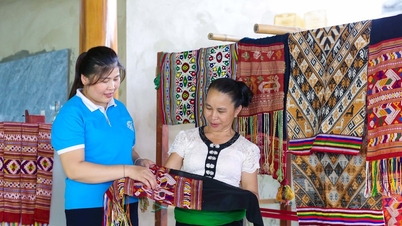














Comment (0)